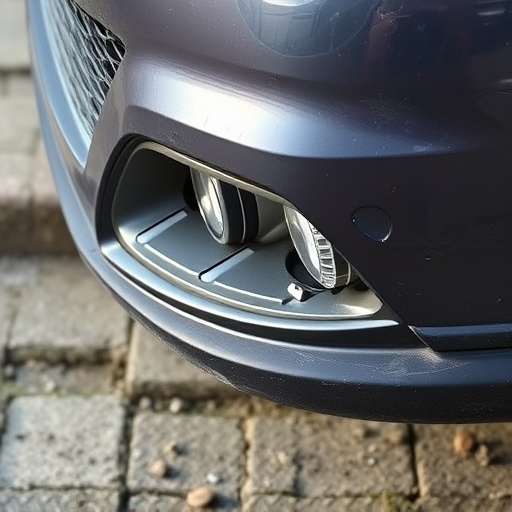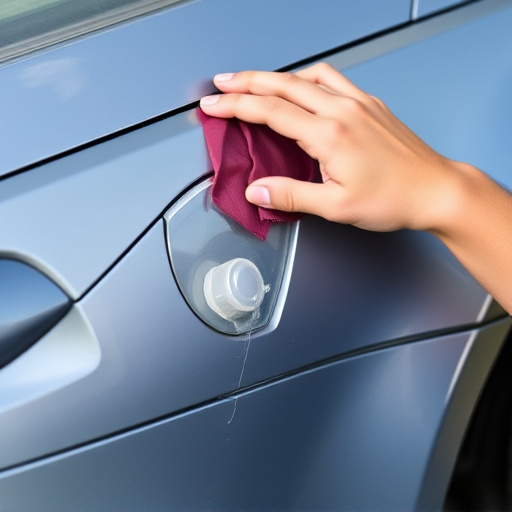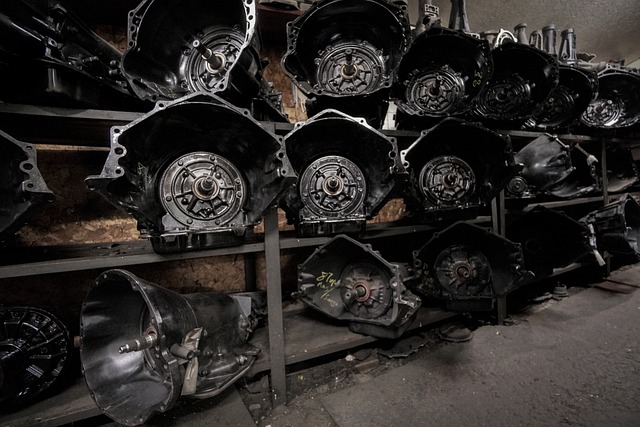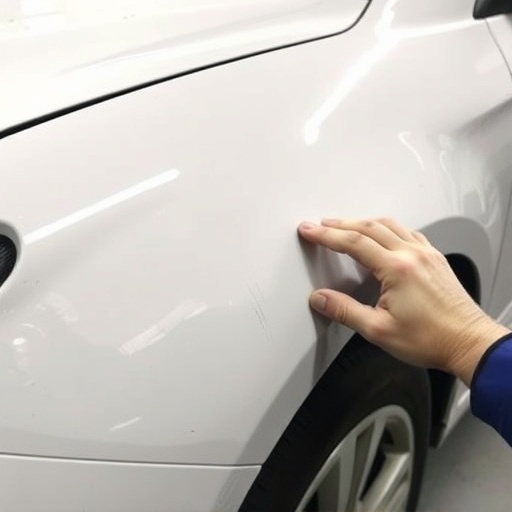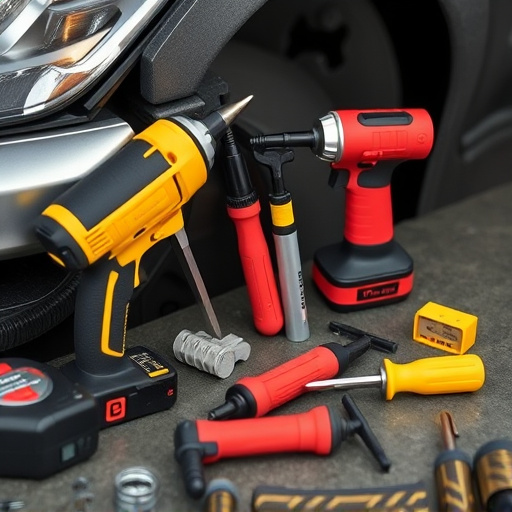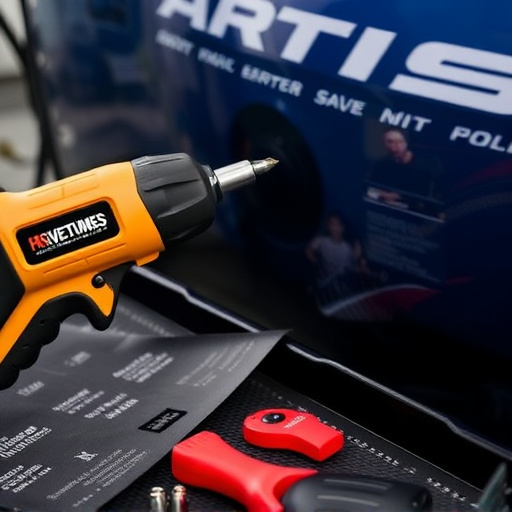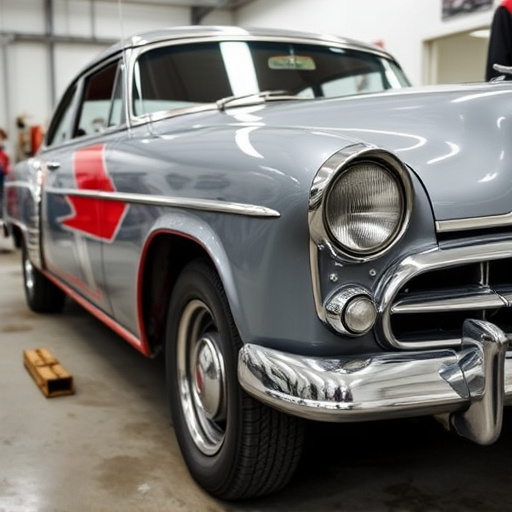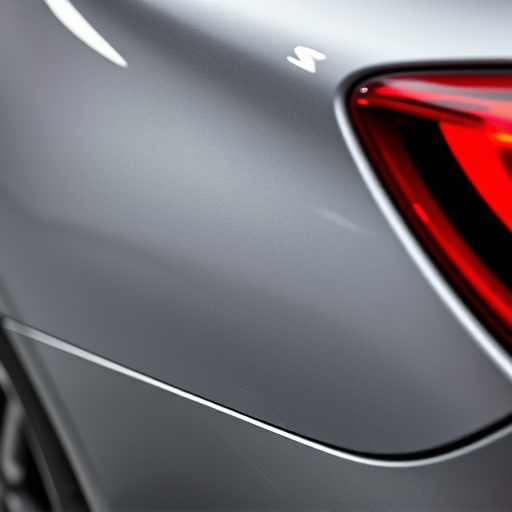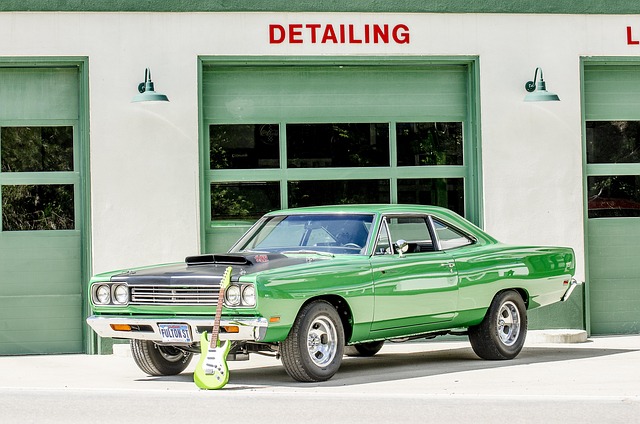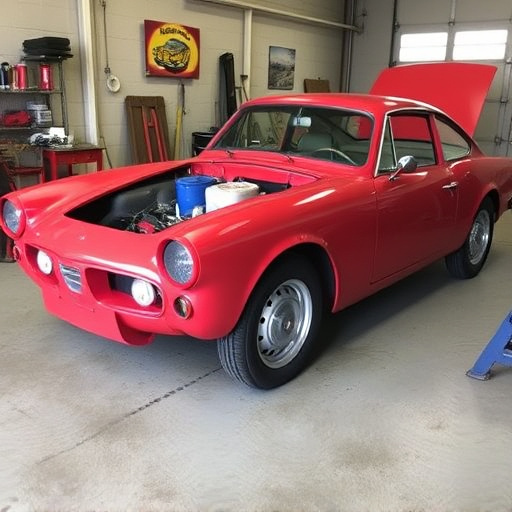Tesla repair scanning technology leverages advanced software and hardware to detect subtle imperfections after initial repairs. Integrating 3D sensors and diagnostic cameras, these scanners capture detailed data of vehicles' exteriors and interiors, generating comprehensive reports with measurements, images, and virtual models. This ensures precise documentation, validates processes like dent repair and tire services, boosts customer satisfaction, and maintains Tesla's superior standards for both new models and classic car restorations. Adhering to best practices in Tesla repair scanning is crucial for consistent quality outcomes.
Tesla repair scanning is transforming the way vehicle repairs are conducted, ensuring post-repair quality control like never before. This advanced technology empowers workshops to meticulously inspect and diagnose electric vehicle (EV) repairs, fostering precision and reliability. By employing Tesla repair scanning tools, technicians can identify minute issues, enhance overall performance, and guarantee customer satisfaction. This article delves into the workings of this innovative technology, highlights its advantages, and provides best practices for effective implementation.
- Understanding Tesla Repair Scanning Technology
- Benefits of Post-Repair Quality Control Scans
- Best Practices for Effective Tesla Repair Scanning
Understanding Tesla Repair Scanning Technology

Tesla repair scanning technology is revolutionizing post-repair quality control. This advanced system leverages sophisticated software and hardware to thoroughly inspect vehicles, identifying even the subtlest imperfections that might have been missed during the initial repair process. By integrating with specialized tools, such as 3D sensors and diagnostic cameras, these scanners capture detailed data on a car’s exterior and interior, ensuring every component is in optimal condition.
This technology goes beyond basic visual inspections by providing comprehensive reports that include measurements, images, and even virtual models of the vehicle. This allows for precise documentation of repairs made, facilitating easier comparisons against original factory specifications. Moreover, it aids in validating the quality of dent repair, tire services, and car damage repair processes, ultimately enhancing customer satisfaction and building trust in the repair facility’s capabilities.
Benefits of Post-Repair Quality Control Scans

Post-repair quality control scans are an invaluable tool for maintaining the superior standards that Tesla vehicles are known for. These advanced checks ensure that any issues detected during or after a repair are promptly identified and rectified, upholding the vehicle’s original performance and aesthetics. By employing Tesla repair scanning technologies, workshops can significantly enhance their service quality, ensuring each car leaves the premises in pristine condition.
This meticulous process is not limited to new models; it plays an equally crucial role in classic car restoration and fleet repair services. Scans enable technicians to accurately diagnose problems, especially those hidden beneath the surface, resulting in more precise repairs for various vehicle types. With these comprehensive checks in place, both individual car owners and fleet managers can have peace of mind, knowing their vehicles are safe, reliable, and up to Tesla’s stringent quality benchmarks.
Best Practices for Effective Tesla Repair Scanning

When it comes to Tesla repair scanning, adopting best practices is key to ensuring top-notch post-repair quality control. Begin by utilizing specialized software designed exclusively for Tesla vehicles, as this will provide accurate and detailed diagnostics. Scanning should cover all critical systems, including electrical components, software modules, and sensor data, to capture any pre-existing or repair-related issues.
For effective scratch repair or vehicle paint repair, a systematic approach is essential. Start with a thorough inspection using high-resolution cameras and 3D scanning technology to document the damage accurately. Next, compare these records with the repair estimate to verify the work performed. Additionally, check for any misalignments or inconsistencies in panel fitment, ensuring that every aspect of the repair meets Tesla’s stringent standards. Regular training sessions for staff on the latest scanning techniques and industry trends will further enhance the car repair shop’s ability to deliver flawless repairs.
Tesla repair scanning technology plays a pivotal role in ensuring post-repair quality control, significantly enhancing the reliability and safety of vehicle repairs. By leveraging advanced scanning tools, auto shops can meticulously inspect Tesla vehicles, detect even subtle issues, and guarantee optimal performance. This process not only protects consumers but also upholds the brand’s reputation for cutting-edge electric vehicles. Implementing best practices in Tesla repair scanning is a game-changer, fostering confidence in the aftermarket repair industry and solidifying the importance of rigorous quality checks.
